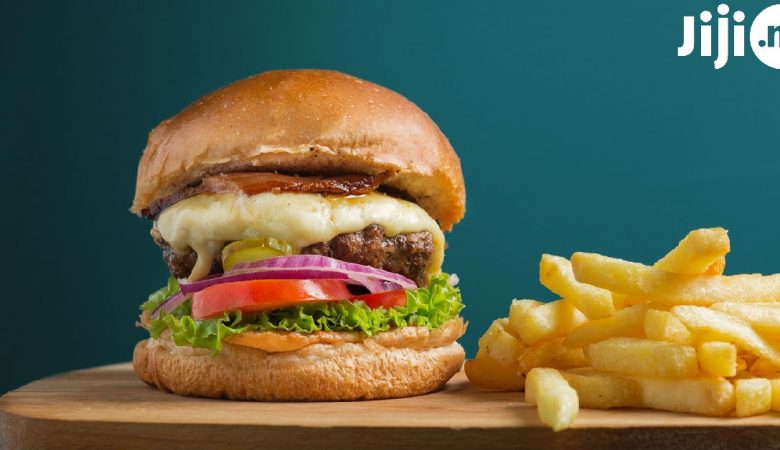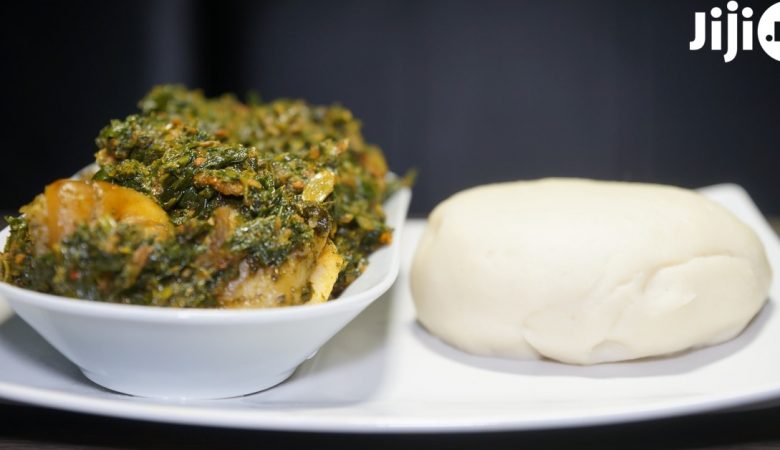Fiber foods help the digestive system to work properly, and also remove toxins. If your diet lacks fiber rich foods, this causes constipation, which, in turn, results in the occurrence of various bowel diseases. As a result, the whole body suffers.
Fiber plays a crucial role in digestion, providing mechanical movement of food through the gastrointestinal tract; also, it helps regulate blood sugar levels, thus affecting the feeling of hunger and satiety, helping, ultimately, to lose extra weight.
Let’s take a look at the examples of high fiber foods and determine the daily fiber intake!
Buy high-quality vitamins and supplement on Jiji at the best prices!
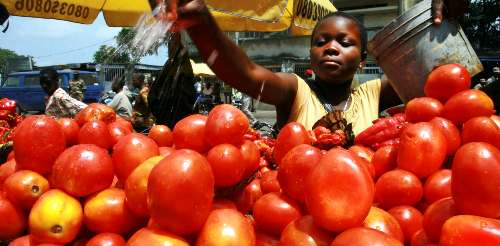
1. Why you should eat more fiber foods and what happens if you don’t do it?
Read more: Healthy Breakfast Foods!
Chronic lack of fiber foods provokes numerous metabolic disorders – starting with an increase in glucose and the constant feeling of hunger, overeating, and obesity, ending with constipation and increasing cholesterol.
Check out these 6 Fat-Burning Foods To Add To Your Diet!
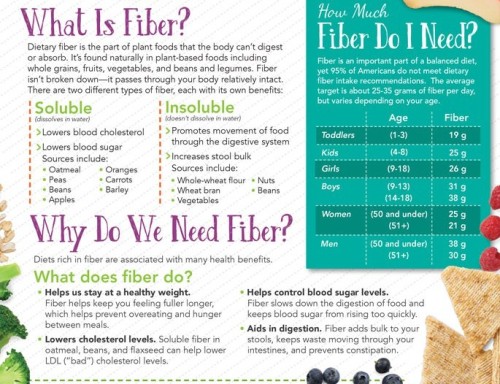
2. Examples of fibre foods: top list
- Whole grain bread is first on our fiber food list. Rye bread is considered to be the most useful: it is low-calorie and contains many dietary fibers.
- Bran and cereals. A plate of cereals with fruit pieces for breakfast is almost 14 grams of pure fiber!
- Lentils and other legumes. One cup of lentils contains about 16 grams of fiber. A cup of black beans contains about 15 grams of fiber, and a cup of beans contains 13 grams of fiber.
- Berries: raspberries, strawberries, blueberries, gooseberries. One cup of raspberry contains 8 grams of fiber and only 60 calories!
- Avocados. Avocados are high in fiber: for example, one medium-sized fruit contains about 12 grams of healthy fiber.
- Almonds, pistachios and other nuts. Sufficiently high-calorie almonds (1 portion of almonds in 30 grams contains 161 calories) is characterized by a high concentration of nutrients: almost 13 grams of unsaturated fats and 3.4 grams of fiber are about 14% of the daily recommended amount.
- The pear is also rich in useful fibers: the average sized fruit contains up to 5 grams of fiber.
- Flaxseeds contain both types of fiber – soluble and insoluble, and a tablespoon of flaxseeds contains 2.8 grams of fiber.
- Dried fruits: raisins, prunes. Prunes have a beneficial effect on the work of the intestines and this is one of the main reasons why there’s a high content of fiber in it (3.8 grams per half cup). To improve digestion between meals, we recommend you to eat figs, dates, raisins, apricots, or other dried fruits.
- Green vegetables. One cup of spinach, turnip leaves or beets contains from 4 to 5 grams of fiber.
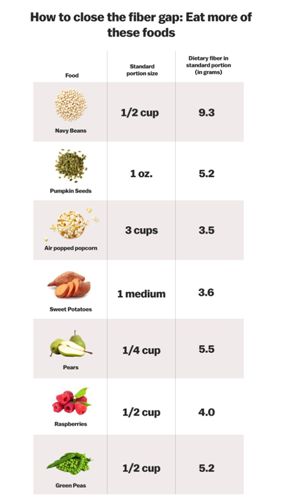
Find out what foods are rich in fiber:
Top 10 Foods with High Fiber
Uploaded by Sooraj Mohan on 2018-09-27.
3. Daily intake of fiber in the diet
Read more: The Most Popular Healthy Eating Myths!
- The daily intake of fiber for children and adults is 20-30 g.
- Athletes who are on a muscle gain diet need up to 40 grams of fiber per day.
Have a look at these Healthy Food Lifehacks You Have Never Heard About!

4. How to get more fiber on Keto
Read more: 8 “Healthy” Foods That Are Actually Bad For You!
How to Get Fiber on a Keto Diet (What We Eat)
We share the high fiber foods we eat on a keto diet so you can do the same. Fiber is only found in plant foods. All plant foods contain carbs. So, how do you keep fiber in your diet if you are following a low-carb or keto diet?
Install free updated Jiji app now – be the first to get the best deals on Jiji from anywhere you are!



